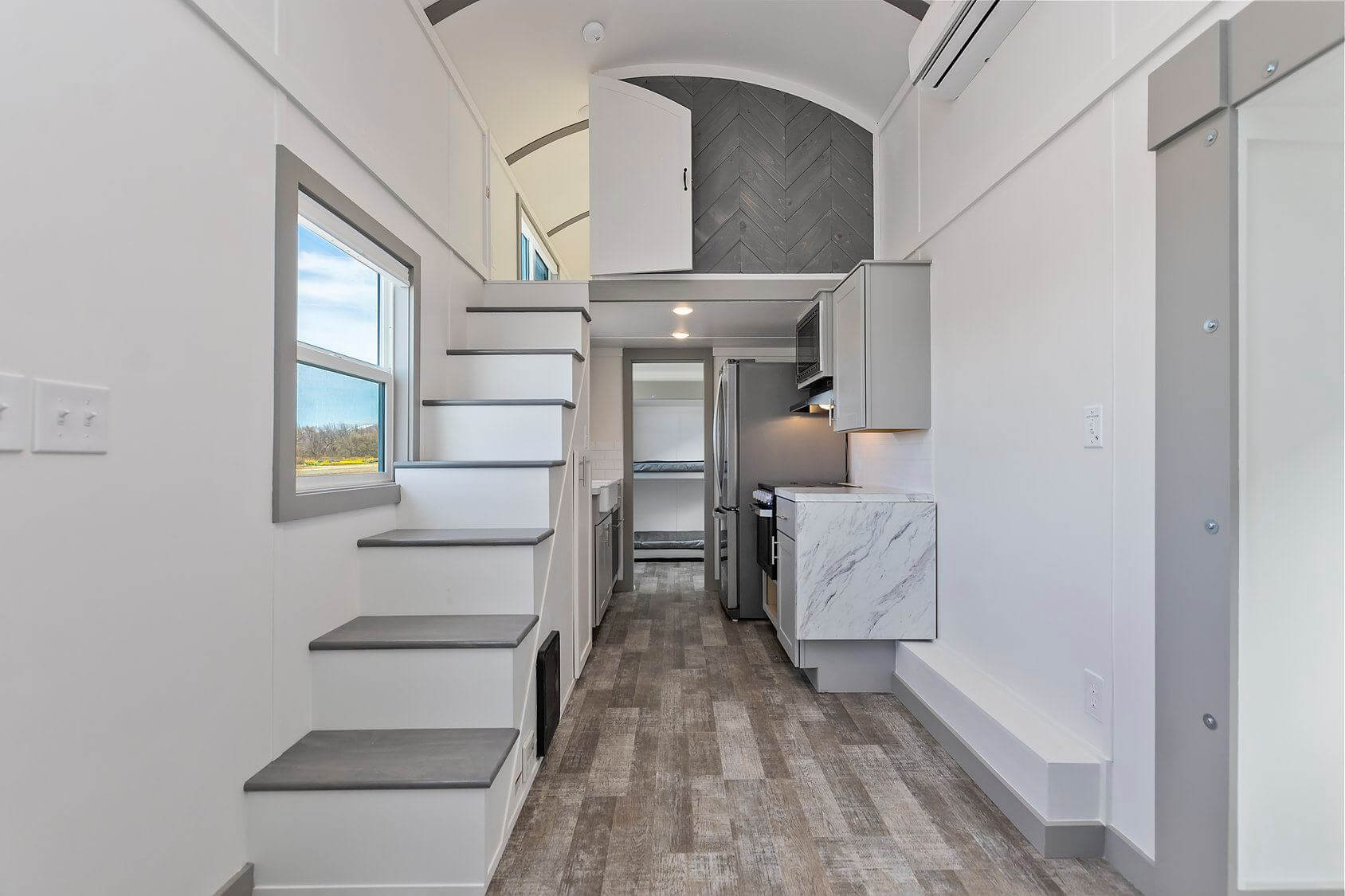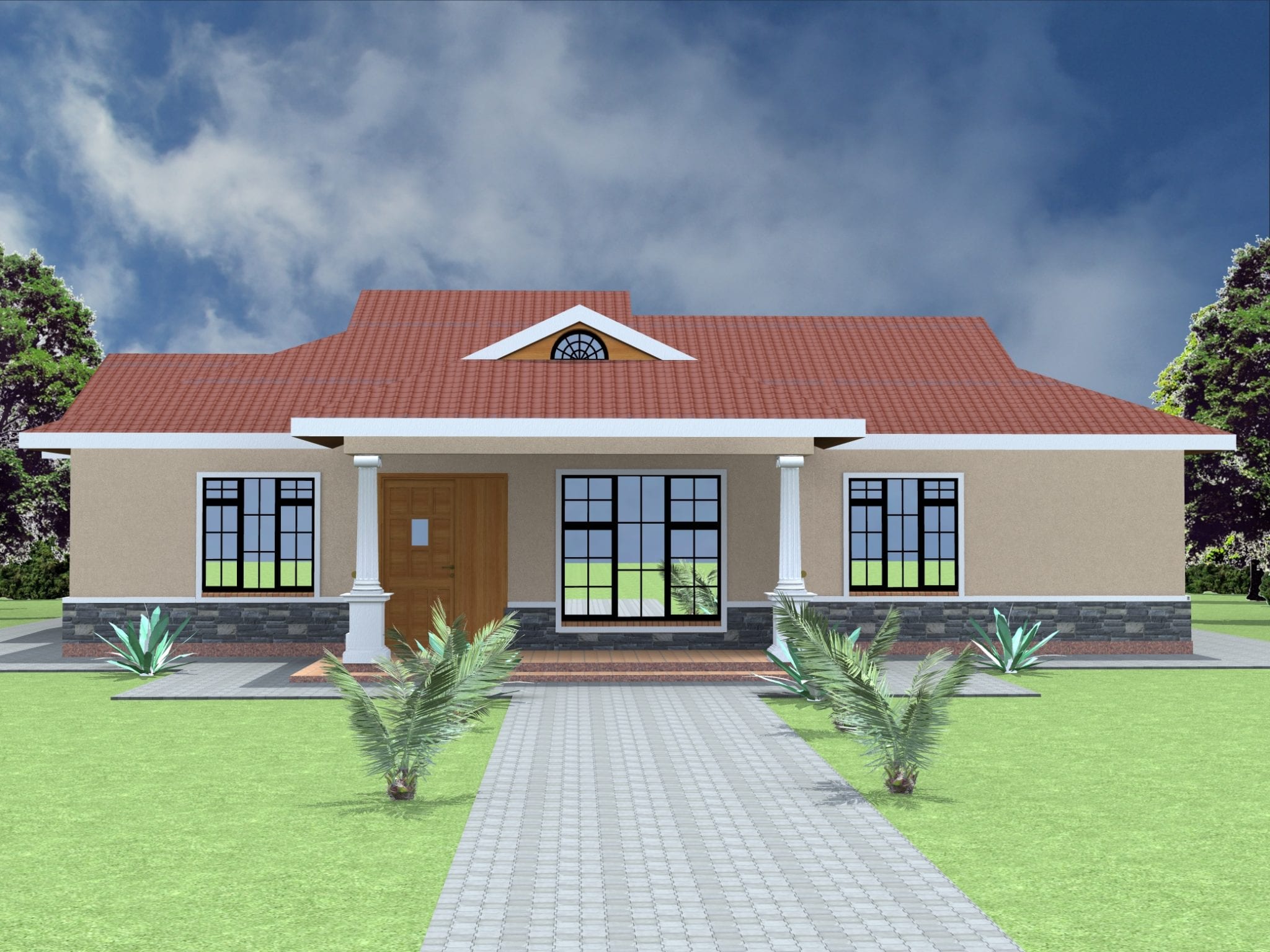The Appeal of Small Three-Bedroom Homes: Small Three Bedroom Homes

Small three-bedroom homes are gaining popularity as a practical and stylish alternative to larger homes. They offer a balance of space and affordability, making them an attractive option for families and individuals alike.
Affordability and Reduced Costs
Living in a smaller home significantly reduces housing costs, which can be a major advantage in today’s economy. The initial purchase price is often lower, and ongoing expenses such as property taxes, utilities, and insurance are also reduced. This frees up more money for other important financial goals like retirement savings, travel, or education.
Energy Efficiency
Smaller homes are inherently more energy efficient than larger ones. They require less energy to heat, cool, and light, resulting in lower utility bills. Additionally, the reduced footprint minimizes the environmental impact, making small homes a sustainable choice for environmentally conscious individuals.
Lower Maintenance Requirements
A smaller home translates to less space to clean and maintain. This means less time spent on chores and more time to enjoy life. Smaller yards also require less landscaping and upkeep, further reducing maintenance burdens.
Maximizing Space
Smart design features are essential for making the most of the available space in a small three-bedroom home. Open floor plans, built-in storage solutions, and multi-functional furniture are popular choices for maximizing space and creating a comfortable living environment.
Reasons for Choosing Small Three-Bedroom Homes, Small three bedroom homes
Families choose small three-bedroom homes for various reasons, including:
- Affordability: Smaller homes often fall within a more manageable price range, making homeownership attainable for a wider range of buyers.
- Lower Maintenance: Reduced space translates to less cleaning, repairs, and upkeep, freeing up time and resources for other activities.
- Sustainability: Smaller homes consume less energy and resources, contributing to a more sustainable lifestyle.
- Simplicity: A smaller home can provide a sense of order and simplicity, reducing clutter and stress.
- Community Living: In some cases, smaller homes are part of planned communities that offer amenities and social connections.
Design and Layout Considerations

Designing a small three-bedroom home requires careful planning to maximize space and functionality. With limited square footage, every inch counts, and clever layout choices can make a big difference in the overall livability of the house.
Floor Plan Layouts
Several floor plan layouts are well-suited for small three-bedroom homes, each offering unique advantages.
- Open-Concept Living: This popular design combines the living room, dining room, and kitchen into one large, open space. This layout creates a sense of spaciousness and allows for natural light to flow freely throughout the main living area. Open-concept layouts also facilitate interaction between family members and guests, promoting a sense of togetherness.
- Split-Level: Split-level homes feature different levels connected by stairs, offering a unique layout with distinct zones. This design allows for separation between living spaces, providing privacy for bedrooms and quiet work areas. For example, the main living area could be on one level, while bedrooms and bathrooms are located on a lower or upper level.
- Multi-Story: Multi-story homes maximize vertical space, ideal for smaller footprints. The first floor typically houses the living area and kitchen, while bedrooms are located on the second floor. This layout offers privacy for bedrooms and allows for a more compact footprint, which can be beneficial in urban areas with limited lot sizes.
Room Arrangements and Dimensions
The following table provides common room arrangements and dimensions for small three-bedroom homes, along with furniture placement suggestions:
| Room | Typical Dimensions | Furniture Placement Suggestions |
|---|---|---|
| Living Room | 12 ft x 16 ft | Sofa, coffee table, TV stand, accent chairs |
| Dining Room | 10 ft x 12 ft | Dining table, chairs, buffet or sideboard |
| Kitchen | 10 ft x 12 ft | Countertops, cabinets, sink, refrigerator, stove |
| Master Bedroom | 12 ft x 14 ft | King or queen bed, nightstands, dresser, closet |
| Bedroom 2 | 10 ft x 12 ft | Full or twin bed, nightstand, desk, closet |
| Bedroom 3 | 10 ft x 12 ft | Twin bed, nightstand, desk, closet |
Natural Light and Ventilation
Natural light and ventilation are crucial in small homes, as they can create a sense of spaciousness and improve air quality.
- Maximize Window Placement: Utilize large windows to flood the home with natural light. Consider strategically placing windows to capture sunlight throughout the day.
- Skylights: Incorporate skylights to bring in natural light to areas that may lack windows, such as hallways or bathrooms.
- Cross Ventilation: Design the home with cross ventilation in mind, allowing air to circulate freely through the house. This can be achieved by placing windows on opposite sides of a room.
- Light Colors: Use light-colored paint and furnishings to reflect natural light and create a sense of spaciousness.
Interior Design and Furnishing

Small three bedroom homes – Making a small three-bedroom home feel spacious requires a careful approach to interior design and furniture selection. By incorporating clever design tricks and utilizing versatile furniture pieces, you can create a home that feels both comfortable and airy, despite its compact size.
Color Palettes
A well-chosen color palette can dramatically impact the perceived size of a room. Lighter colors, such as whites, creams, and pastels, reflect light and make spaces appear larger.
For example, using a light grey on the walls and white trim can create a sense of openness. You can then introduce pops of color through furniture, artwork, and accessories. A bold accent wall in a contrasting color can also add visual interest and create a focal point.
Lighting
Proper lighting is crucial for making a small home feel spacious. Natural light is the best, so maximize windows and use sheer curtains to let in as much light as possible.
In addition to natural light, utilize a combination of different light sources, including overhead lighting, lamps, and accent lights. Layering lighting helps to create a more dynamic and inviting atmosphere. For instance, a well-placed floor lamp can create a cozy reading nook in a corner, while strategically placed sconces can highlight artwork or architectural features.
Furniture Choices
Choosing the right furniture is key to maximizing space in a small home. Opt for pieces with clean lines, minimal ornamentation, and multi-functionality.
- Sofa Beds: These versatile pieces offer both seating and sleeping space, making them perfect for small living rooms or guest rooms.
- Ottomans: Ottomans can serve as extra seating, footrests, or even coffee tables when topped with a tray.
- Folding Tables: Folding tables can be easily stored away when not in use, making them ideal for dining areas or home offices.
- Wall-Mounted Shelving: Wall-mounted shelves free up floor space and provide ample storage for books, decor, or other items.
- Storage Beds: Beds with built-in drawers or storage compartments underneath offer a convenient way to store linens, seasonal clothing, or other items.
Maximizing Storage Solutions
Storage is a premium in a small home, so it’s important to make the most of every inch of space.
- Built-in Shelves: Built-in shelves can be customized to fit the specific needs of each room and provide ample storage space without taking up valuable floor area.
- Under-Bed Storage: Utilize under-bed storage containers or drawers to store items that are not used frequently, such as seasonal clothing or extra linens.
- Multi-functional Furniture: Invest in furniture pieces that serve multiple purposes, such as a desk that doubles as a dining table or a coffee table with built-in storage.
- Vertical Storage: Utilize vertical space by incorporating tall cabinets, bookshelves, or wall-mounted organizers. This helps to keep items off the floor and free up valuable floor space.
Small three-bedroom homes offer cozy living, but maximizing space can be a challenge. The bedrooms, in particular, can feel cramped, especially if you’re working with a queen-sized bed. Don’t despair! You can still create a stylish and functional space by embracing smart design techniques, like those outlined in this comprehensive guide on decorating small bedrooms with a queen bed.
With a little creativity, even the smallest three-bedroom home can be transformed into a haven of comfort and style.
Small three bedroom homes, though charming, often face the challenge of limited space. Every inch must be maximized, and that includes the bedrooms. A narrow dresser for small bedroom is a masterstroke of design, offering ample storage without encroaching on precious floor space.
With a narrow dresser, these cozy abodes can achieve a sense of spaciousness and order, proving that even in small spaces, style and functionality can reign supreme.
